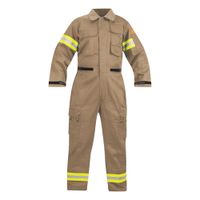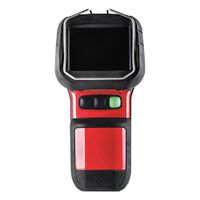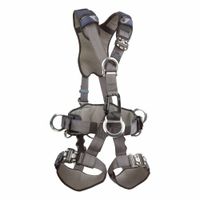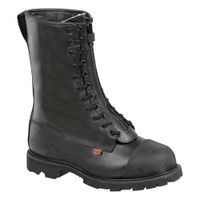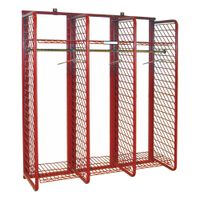Thermal imaging cameras (TICs) are crucial tools for firefighters, enhancing their ability to navigate and operate effectively in hazardous environments. These devices detect infrared radiation, allowing firefighters to see through smoke, darkness, and obstructions by displaying temperature differences in the environment.
Firstly, TICs assist in locating victims. In smoke-filled or dark environments, visibility is severely limited. TICs enable firefighters to quickly identify the heat signatures of people, facilitating faster rescues and reducing the time victims are exposed to dangerous conditions.
Secondly, TICs help in identifying the seat of a fire. By detecting the hottest areas, firefighters can pinpoint the fire's origin and progression, allowing them to strategically direct their efforts to control and extinguish the blaze more efficiently. This targeted approach minimizes property damage and enhances safety.
Additionally, TICs are instrumental in assessing structural integrity. They can reveal hidden hotspots within walls, ceilings, or floors, indicating potential structural weaknesses or the risk of fire spread. This information is vital for making informed decisions about entering or evacuating a building.
TICs also aid in search and rescue operations beyond fire scenarios. In situations like natural disasters or building collapses, they can locate trapped individuals by detecting body heat, even through debris.
Furthermore, TICs enhance firefighter safety. By providing a clear view of the environment, they help firefighters avoid hazards such as holes, obstacles, or unstable structures, reducing the risk of injury.
In summary, thermal imaging cameras are indispensable in firefighting operations, improving victim rescue, fire control, structural assessment, and overall safety. Their ability to provide critical information in challenging conditions significantly enhances the effectiveness and safety of firefighting efforts.

